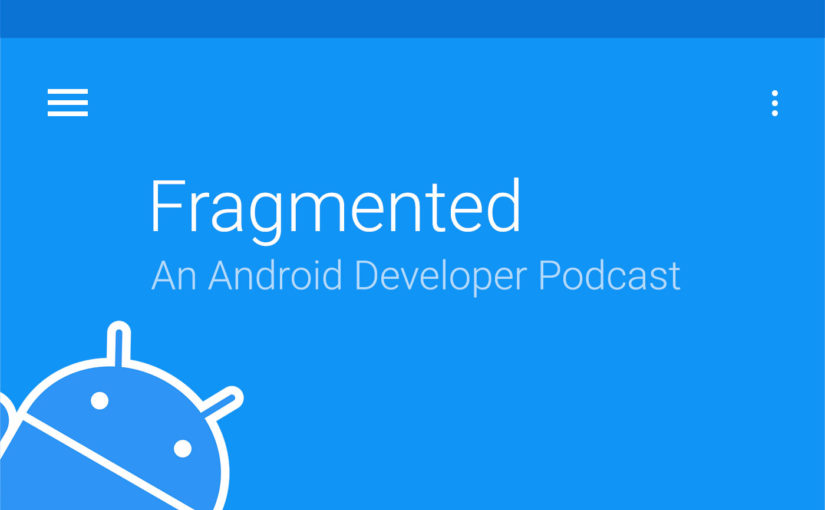A tonne of folks have been asking for a show on Kotlin. We got the best person in the business to take us through what could possibly be our new hope.
Show Notes
- No tabs in Intellij [hadihariri.com]
Jetbrains products
Smaller IDES
- Web/Node.js – WebStorm
- Python/Django – PyCharm
- Ruby/Rails – RubyMine
- C++ – CLion
- ObjectiveC – AppCode
Hadi’s 3 tips for Intellij
- Don’t use the Mouse! Mouseless driven development [vimeo.com]
- Cmd Shift A – look up other commands
- Don’t use the Find box to find things: Prefer shortcuts like Cmd O/Cmd Shift O
Kotlin
- Kotlin – An open source JVM targeted language
- Jake’s doc on Using Project Kotlin for Android [docs.google.com]
- Execution in the kingdom of nouns [blogspot.com]
- Kotlin : a new hope – talk by Michael Pardo [realm.io]
- Tony Hoare saying Null is his Billion dollar mistake [wikipedia.org]
Getting started with Kotlin
- Kotlin Tutorials [kotlinlang.org]
- Kotlin Koans [kotlinlang.org]
- Try Kotlin online : online & interactive [kotlinlang.org]
- Kotlin in two minutes [youtube.com]
- Kotlin Slack channel [slack.com]
- Books:
- Antonio’s book on Kotlin [leanpub.com]
- Kotlin in Action [manning.com]
Kotlin tools
- Anko [github.com]
- Kotlin Android extensions [kotlinlang.org]
Sample projects with Kotlin
- Palette Helper [github.com]
- Cinesapp Android Kotlin [github.com]
- Kotlin demo [github.com]
Misc
- Killing off Wasabi: Part 1 [fogcreek.com]
- Killing off Wasabi: Part 2 [fogcreek.com]
Awesome picks:
Hadi Hariri
- The collapse of the US-EU Safe Harbor: Solving the new privacy Rubik’s Cube [http://blogs.microsoft.com/]
- JavaOne Conference [oracle.com]
Kaushik Gopal
- When looking for solutions to a problem, search the source code first before StackOverflow
- When working on a feature, change your launcher activity (temporarily) to the one you’re working on
Donn Felker
- git – assume unchanged [stackoverflow.com]
- The Martian Audio Book [amazon.com]
- Antonio’s book on Kotlin [leanpub.com]
- Also check out his blog [antonioleiva.com]
Contact us:
- @hhariri [twitter.com]
- @fragmentedcast [twitter.com]
- @donnfelker [twitter.com]
- @kaushikgopal [twitter.com]

